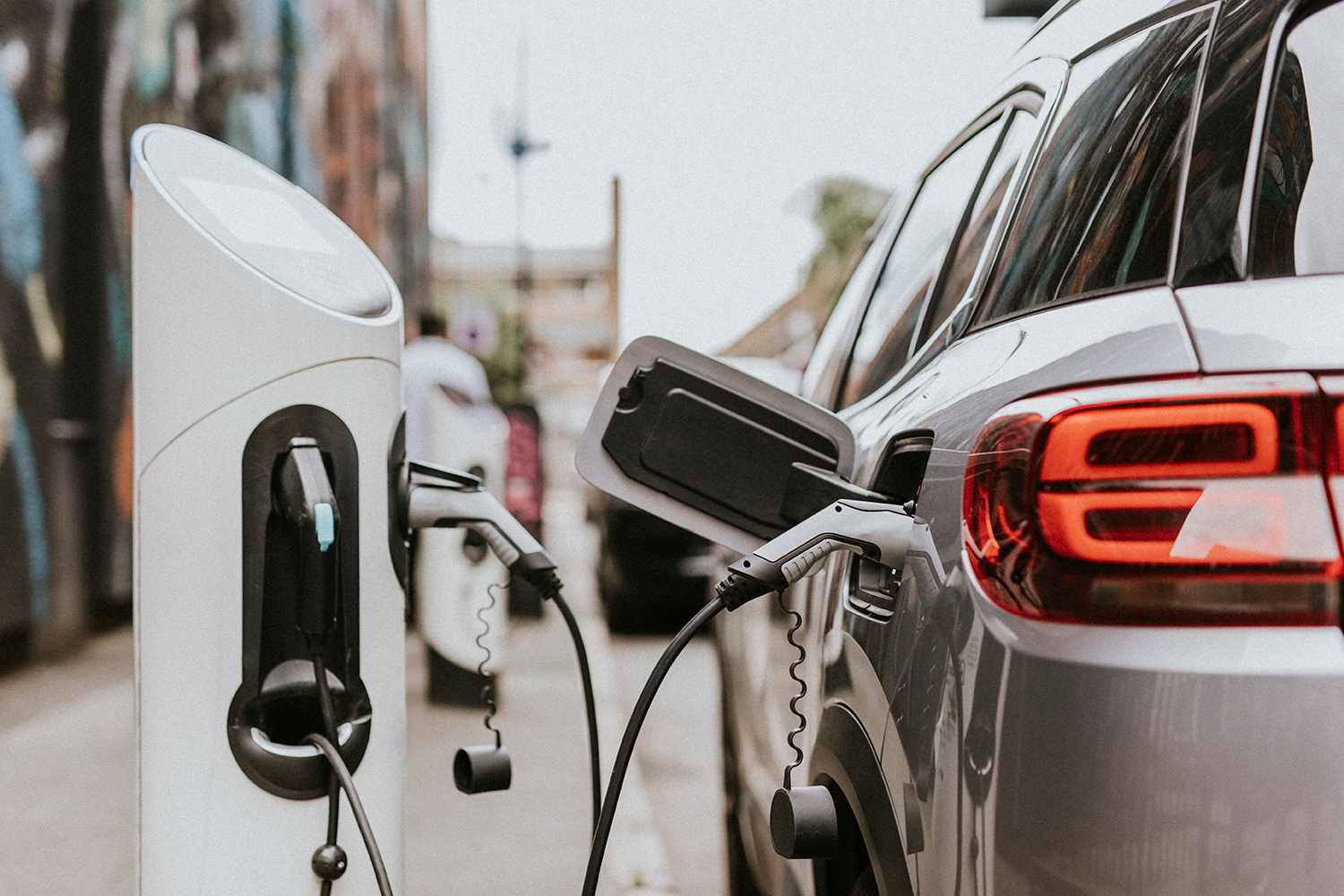The International Energy Agency reports that although sales of EVs are expected to reach a record high this year, more effort is needed in other sectors to put the world on track for net-zero emissions by 2050.
While there have been “encouraging signs of progress across several sectors,” the IEA warned that “stronger efforts” were needed to get the world “on track to reach net zero emissions” by the middle of this century in a press release accompanying its Tracking Clean Energy Progress update.
The annual TCEP report examined 55 different aspects of the power grid. The report examined the progress towards the “key medium-term milestones by the end of this decade” in these areas by 2021, as outlined by the Paris-based organization’s net-zero pathway
The IEA reported that EV sales worldwide doubled in 2021, making up nearly 9% of the global auto market. “another all-time high for electric vehicle sales, lifting them to 13% of total light-duty vehicle sales globally by 2022,” the report said. The International Energy Agency has predicted that by 2021, sales of electric vehicles will reach 6.6 million. Sales of electric vehicles hit 2 million in Q1 2022, up 75% from the same period in 2021.
The IEA reported that its net-zero by 2050 scenario included electric vehicles (EVs) and lighting, where more than half of the global market is now using LED technology, both of which were “fully on track for their 2030 milestones.”
The International Energy Agency (IEA) acknowledged that, despite EVs’ bright future, they were “still not a worldwide occurrence. Slow sales in developing and emerging economies can be attributed to higher entry prices and a dearth of charging infrastructure.The Paris Agreement
To keep global warming below 1.5 degrees Celsius, it is imperative that we eliminate all net emissions of carbon dioxide by the year 2050.
While there have been “encouraging signs of progress across several sectors,” the IEA warned that “stronger efforts” were needed to get the world “on track to reach net zero emissions” by the middle of this century in a press release accompanying its Tracking Clean Energy Progress update.
The annual TCEP report examined 55 different aspects of the power grid. The report examined the progress towards the “key medium-term milestones by the end of this decade” in these areas by 2021, as outlined by the Paris-based organization’s net-zero pathway
The IEA reported that EV sales worldwide doubled in 2021, making up nearly 9% of the global auto market. “another all-time high for electric vehicle sales, lifting them to 13% of total light-duty vehicle sales globally by 2022,” the report said. The International Energy Agency has predicted that by 2021, sales of electric vehicles will reach 6.6 million. Sales of electric vehicles hit 2 million in Q1 2022, up 75% from the same period in 2021.
The IEA reported that its net-zero by 2050 scenario included electric vehicles (EVs) and lighting, where more than half of the global market is now using LED technology, both of which were “fully on track for their 2030 milestones.”
The International Energy Agency (IEA) acknowledged that, despite EVs’ bright future, they were “still not a worldwide occurrence. Slow sales in developing and emerging economies can be attributed to higher entry prices and a dearth of charging infrastructure.The Paris Agreement
To keep global warming below 1.5 degrees Celsius, it is imperative that we eliminate all net emissions of carbon dioxide by the year 2050.
Post Views: 520

